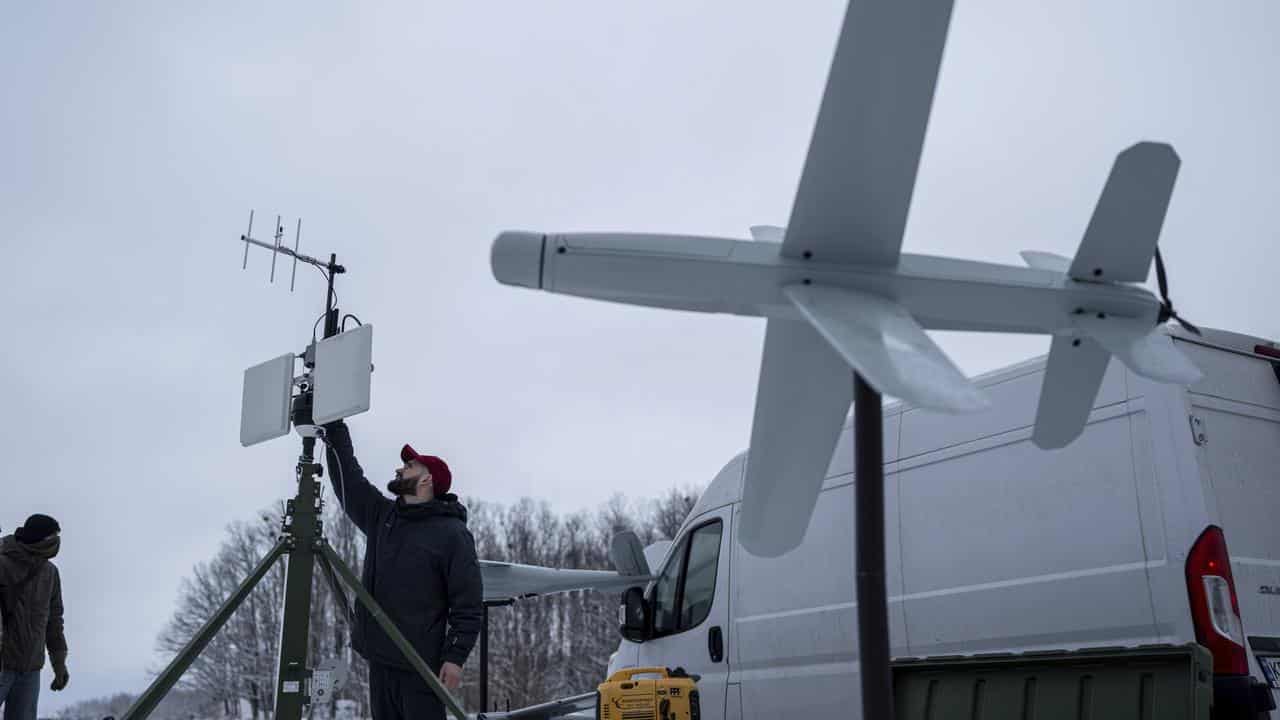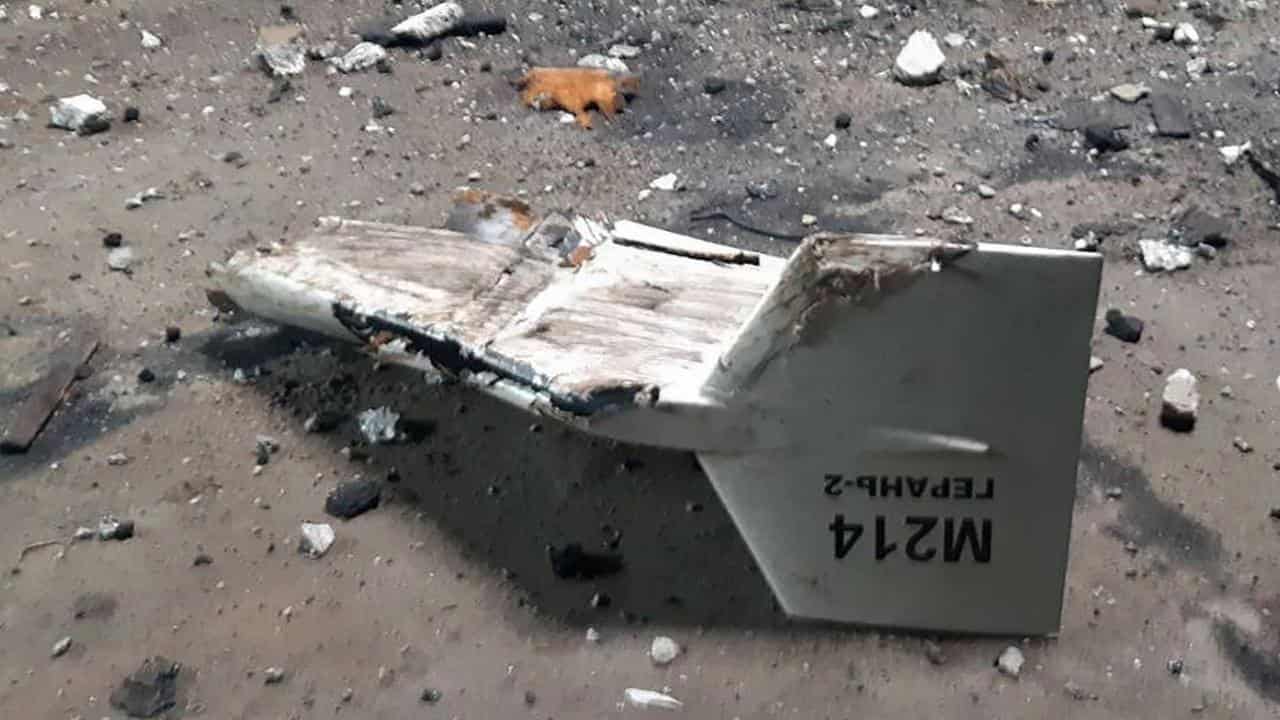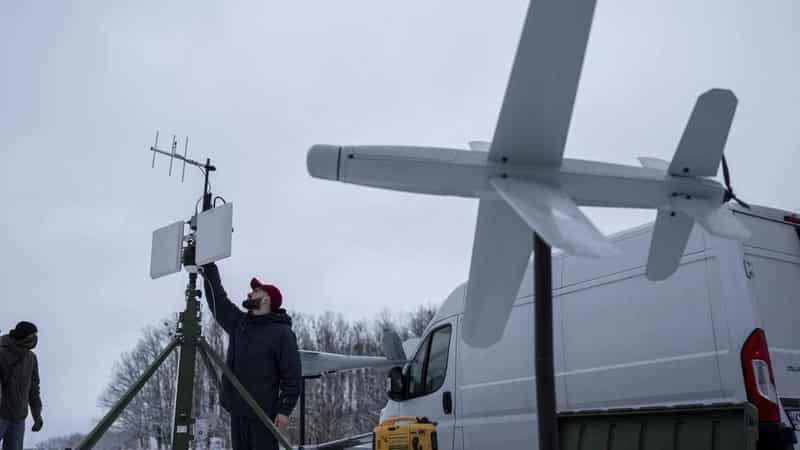
Ukrainian drones have attacked Russia's third-largest oil refinery about 1300km from the front lines, hitting a core unit that processes about 155,000 barrels of crude refining per day.
Russian officials said jamming devices locked onto a Ukrainian drone near Tatneft's Taneco refinery, which has an annual production capacity of more than 17 million tons (340,000 barrels per day).
A fire broke out at the refinery that was extinguished within 20 minutes, the state RIA news agency said, adding that production had not been disrupted.
Pictures from the scene indicated the drone hit the primary refining unit, CDU-7, at the Taneco refinery.
The unit accounts for about half of the plant's total annual production capacity.
"A drone attack was carried out on one of the enterprises in Nizhnekamsk," Ramil Mullin, the mayor of Nizhnekamsk, said.
"There are no casualties or serious damage.
"The technological process of the enterprise has not been disrupted."

The attack was one of several in Tatarstan, a highly industrialised region southeast of Moscow, in the early hours of Tuesday.
A Ukrainian intelligence source told Reuters in Kyiv Ukraine had struck a major Russian oil facility in Tatarstan to reduce Russia's oil revenue.
The source also said Ukrainian-made drones hit a facility producing long-range "Shahed" attack drones, causing "significant damage".
There was no immediate comment from Moscow.
Ukraine has in recent months begun attacking the oil refineries of Russia, the world's second-largest oil exporter, impacting Moscow's highly lucrative trade in refined products.
According to Reuters calculations, around 14 per cent of Russia's refining capacity has been shut down by drone attacks.
There is more demand for refined oil products than for Russian crude.
The attacks on Russian refineries - many deep inside the world's largest country - have raised concerns in Washington about the potential for escalation with Russia, which is the world's largest nuclear power.
Ukraine says its drone attacks on Russia are justified because it is fighting for survival and has suffered widespread damage to its infrastructure, including power plants, from Russian air strikes.
Since President Vladimir Putin ordered the full-scale invasion of Ukraine in 2022, drones have played a major part in the war - either as "kamikaze" attackers or as eyes in the sky that guide other weaponry to kill soldiers or destroy equipment.
Ukraine has launched a series of high-profile attacks deep inside Russia, aimed at either undermining Russia's war machine or, as was the case in a 2023 drone attack on the Kremlin, bringing the reality of war to the very heart of Russia.
A powerful ally of Putin said on Tuesday that NATO was fighting Russia in Ukraine and that the US-led military alliance had helped organise strikes on sovereign Russian territory.
Ukrainian sources say they are responsible for the planning and execution of the drone attacks inside Russia.
The United States has repeatedly said that it does not support Ukrainian strikes inside Russia.
Tuesday's attacks hit enterprises in Yelabuga and Nizhnekamsk and some people were injured, Tatarstan's head Rustam Minnikhanov said.
Two drones attacked a dormitory on the territory of the Alabuga Special Economic Zone with at least seven people injured, Russian media reported.
"There is no serious damage - the technological process of the enterprises is not disrupted," Minnikhanov said.
Unverified footage on social media showed a loud blast followed by people running for cover.
The Washington Post reported in 2023 that Russia was mass-producing drones at a plant in the Alabuga Special Economic Zone.









